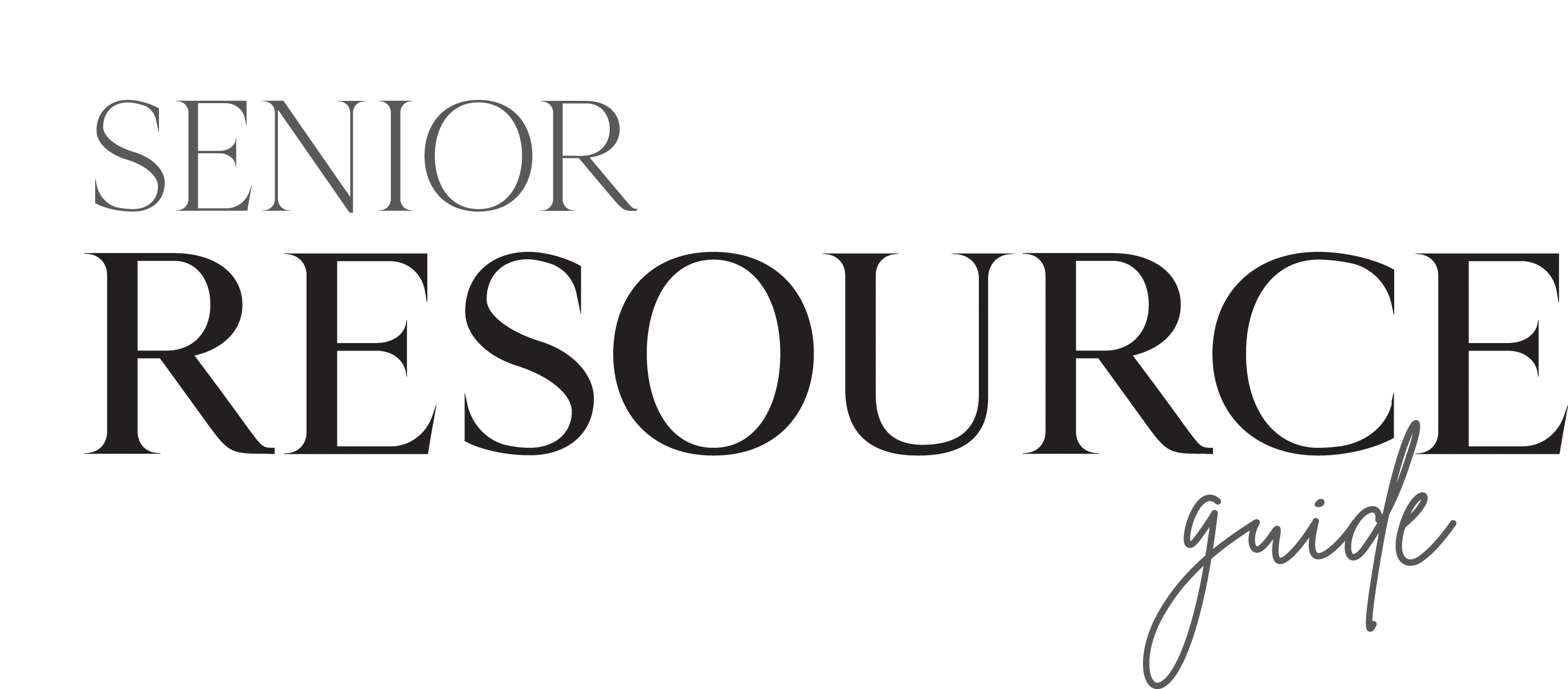
Ella Olsson from Pexels
Nutrition Habits for Healthy Aging
Nutrients are compounds in food that are vital to living. They help the body heal, regulate chemical process and provide the body with energy. As we age our metabolism slows, and we lose the ability to absorb nutrients as well as when we were younger. As a result, nutrient recommendations will change.
Experts recommend that older adults get more calcium, potassium, vitamin D and vitamin B12. Eating a variety of fruits and vegetables as well as fortified foods can help you get the recommended amounts of these nutrients. If you have trouble getting enough of these nutrients through the foods you eat, you can talk with your doctor about supplements.
Healthy eating is not only about the foods you eat but also habits like controlling portions, reading nutrition labels, substituting for healthier options and other practices.
Learning about nutrition and aging can help you make nutritionally sound choices and practice healthy eating habits. The United States Department of Agriculture’s MyPlate provides nutrition information and recommendations for all ages. To learn more, visit myplate.gov.
The Texas Health and Human Services Texercise initiative has a variety of free resources that engage older Texans in healthy lifestyle behaviors, including physical activity and eating habits. Texercise also provides several nutrition fact sheets highlighting topics such as sodium reduction, reading food labels and portion sizes to help Texans improve their everyday routines.
Tracking the foods you eat is one way to start identifying the eating habits you want to move away from and which you want to adopt. To download the Texercise Daily Food Log, learn more about being healthy, access Texercise nutrition fact sheets and order a free copy of the Texercise handbook, visit texercise.com.
COVID-19 impacted the nutritional health of many people through limiting access to healthy food options—congregate meal sites closed, for example, and transportation to grocery stores became limited. The good news is that there are resources to help people access healthy food options:
- The Supplemental Nutrition Assistance Program assists people with buying the food they need for good health. During the COVID-19 pandemic, Texas HHS piloted a program that allows Texans to purchase groceries online using SNAP benefits. To learn more about SNAP, how to apply and how to purchase food online, visit yourtexasbenefits.com.
- Area Agencies on Aging provide older adults, their families and caregivers with nutrition services, like home and congregate meals. To connect with the nearest AAA and learn about available nutrition services, call Texas HHS at 800.252.9240.
- Aging and Disability Resource Centers are part of the No Wrong Door System and help streamline access to long-term services and support for the whole family. To learn more about the full range of available long-term supports in Texas, call Texas HHS at 855.937.2372.
